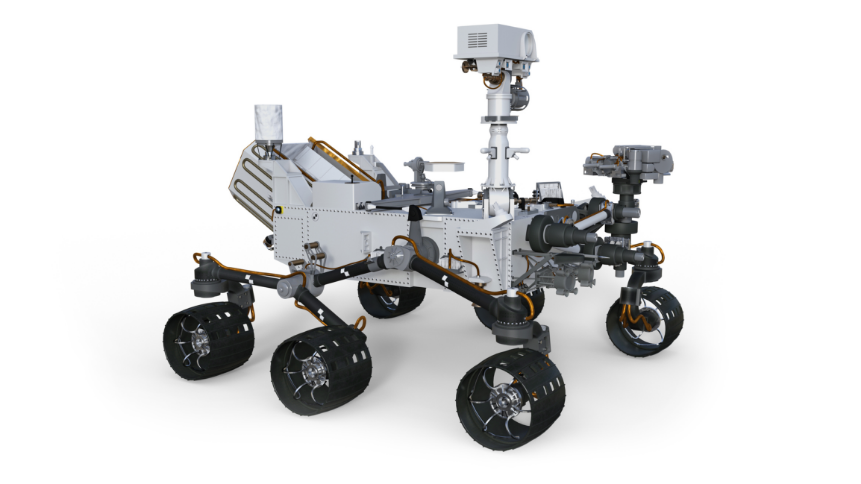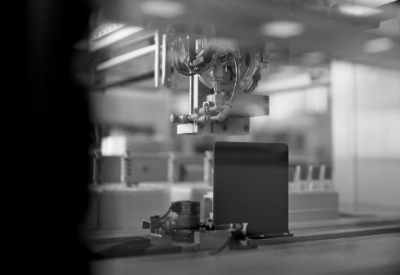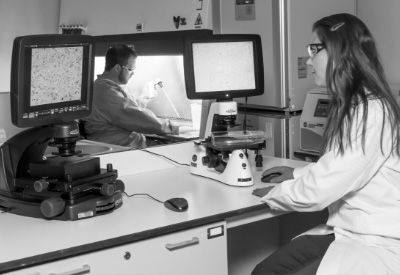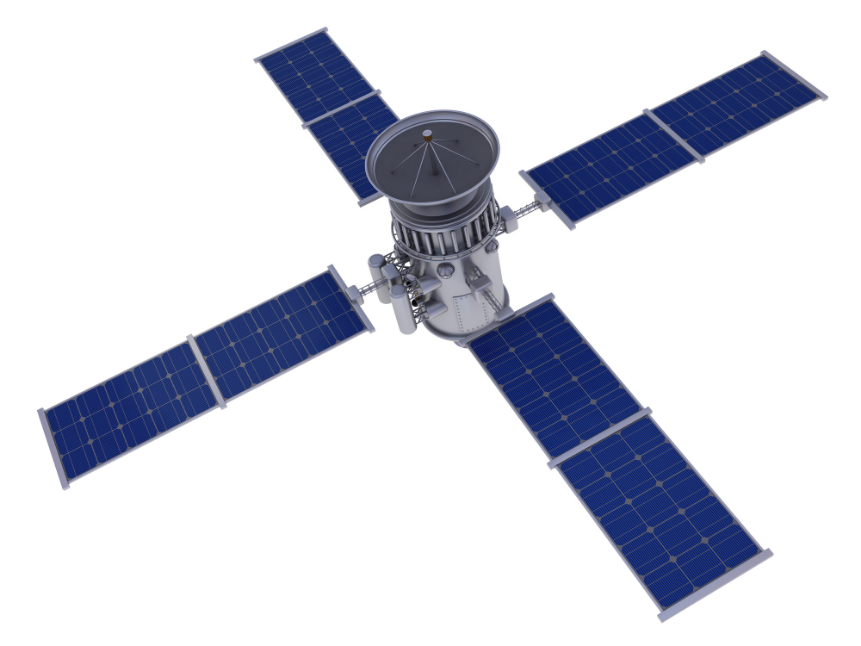
Space technology is an ever-evolving field that requires top-of-the-line innovations. Space microelectronic devices are used for communication and surveillance around the world and beyond.
Out of all the unique challenges people face across different industries, there aren’t too many as extreme as space. We truly enter uncharted territory governed by non-terrestrial rules. As we continue to explore space, there are certain issues we have discovered with sending spacecraft and other machines into space. Each of these factors must be considered when developing devices or equipment intended for interstellar travel.
Microelectronics offer a solution to this unique challenge and can record data and amplify signals even with marginal amounts of energy. City Labs has developed a long-term low-power battery to help fuel these devices for longer periods of time. We hope that our NanoTritium™ Battery technology will help address some of the problems in space research and development.

How Does Technology Limit the Future of Space Exploration?
Space technology takes a tremendous amount of money and time to build. If our creations are not properly radiation-hardened, we run a serious risk of wasting those resources and restarting from square one.
There are limits on how long objects can remain in space. Whether it be from continuous exposure to radiation, the need to return to Earth, or inadequate power sources, most machines have an expiration date. Satellites, for example, typically last around 10 to 15 years. The lifespan of space electronics can sometimes be prolonged by maintenance, but that may be a dangerous task with a low chance of success. Not to mention the number of additional resources that must be used on repair missions.
Radiation-hardened microelectronic devices can last longer in space and monitor the condition of the spacecraft as a whole.
Powering New Space Technology With Microelectronic Batteries
If we can improve the technology we send into space, we can start to venture farther. Equipment that will perform for longer periods of time and sustain less damage from radiation/temperature effects will allow us to reach new points.
While we cannot guarantee that other emerging space technologies will have the same durability, City Labs has developed batteries that can power low-energy microelectronic devices for more than 20 years.
Our NanoTritium™ batteries use the tritium radioisotope to continuously charge a secondary power source. When the device is stimulated or needs to perform, it can draw from that secondary energy source, which will then be recharged by the steady decay of tritium. This betavoltaic power source is predictable and durable even in harsh conditions, such as space.

Problems in Space Technology Development
Radiation Exposure
Long-term deep-space exploration leaves equipment stranded without the protection of Earth’s atmosphere. Even 30,000 feet above ground our aircraft start to deal with the adverse effects of radiation. Imagine being hundreds of thousands of miles out from earth for years at a time. The devices we create must be capable of enduring constant and intense exposure to radiation.
Earth’s atmosphere is designed to protect us from the harsh conditions of space. Beyond the outer rim of our planet’s defenses, there is dangerous exposure to galactic cosmic radiation (GCR) and other single-event effects (SEEs).
Massive amounts of radiation can cause irreversible damage to inanimate objects. Electrical and heat conductivity can be ruined; objects can become more or less flexible; radiation has the potential to cause system-wide malfunctions by changing the structure of a machine. This is why there are rules in place to ensure that devices are radiation-hardened—designed to withstand radioactive exposure.
These conditions are why every machine that travels into space undergoes radiation survivability testing as a safeguard.
Extreme Environments
In addition to radiation, the baseline temperature of space is only a few degrees kelvin above absolute zero. This perpetual state of extreme cold also requires spacecraft and other machines to be well-prepared.
Certain components, such as traditional power sources, perform differently in different temperatures. Generally, as a battery gets colder it outputs less current.
Remote and Inaccessible Locations
Space technology is often launched with no intention of returning to the surface. These technologies are sent to locations where we do not have the means to repair them if something goes wrong. Nobody is replacing batteries on Mars Exploration Rovers. This means that the machines we build must be prepared to survive on their own.
While everything will cease functioning eventually, the more use we can get out of those complex and expensive devices, the better.
Enhancing Remote Sensing Capabilities With NanoTritium™ Batteries
In the realm of space exploration and satellite technology, robust power sources are indispensable, especially when it comes to remote sensing applications. Remote sensing involves collecting and analyzing detailed imaging data from a vast distance, serving critical functions such as GPS navigation, remote imaging, environmental monitoring, and national security operations. However, powering the sensors responsible for gathering this invaluable data presents unique challenges in the harsh environment of outer space.
Traditional batteries often fall short in meeting the rigorous demands of space-based remote sensing or require accompanying equipment (like warming boxes) to enable functionality, increasing chances for system failure. Extreme temperatures, radiation exposure, and the need for long-lasting power supplies present significant obstacles.
NanoTritium™ batteries possess exceptional resilience to the extreme conditions of space due to their solid state design and reliance on tritium’s temperature-independent radioactive decay—as opposed to volatile chemical reactions. Their resistance to temperature variations, radiation, and vibration ensures reliable power delivery for over 20 years, making them ideal for remote sensing equipment onboard satellites.
One of the key advantages of NanoTritium™ batteries in remote sensing applications is their ability to power essential microelectronic components independently. By utilizing these batteries to power image sensors directly, satellites can maintain critical functions without drawing power from main satellite components or other external power sources.
Incorporating NanoTritium™ battery technology into remote sensing satellites represents a significant advancement in space-based instrumentation. City Labs is already working with the U.S. Space Force to develop self-powered wireless autonomous imaging sensors for small satellites, and we remain dedicated to pioneering a new era in satellite technology defined by unmatched durability and performance.

City Labs’ NanoTritium™ Batteries Are Tailored for Extreme Environments
Our batteries have been third-party tested to prove they can withstand environments that traditional batteries cannot. Hot or cold, a radioisotope is going to decay at a predictable rate. Tritium is benign enough that the radiation can be blocked by thin sheets of metal. The opportunities for betavoltaic power sources in new space technology are only expanding.
Take a look at some of the organizations we’ve already worked with to get an idea of what we do. If you are interested in how our NanoTritium™ Batteries work, schedule an appointment with our CEO, Dr. Peter Cabauy, to learn more or become a partner.
The Nuclear Battery Company With a Vision
Ready to power your next innovation or learn more about our technology?
Contact Us Today




